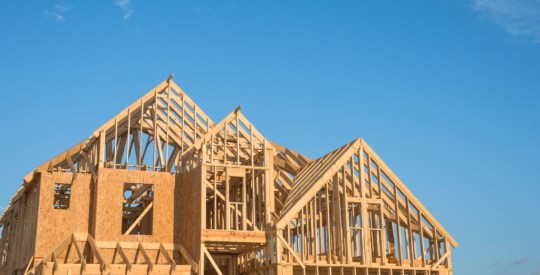Despite research from Barclays Capital that indicates the Deed-for-Lease Program (D4L) launched earlier in November by mortgage giant Fannie Mae (FNM) will “see limited use,” as it targets the same debt-to-income (DTI) ratio as a HAMP modification, independent rating agency DBRS expects a different outcome. DBRS said in market commentary the D4L plan — an effort to minimize family displacement, neighborhood blight and house price decline — is likely to gain enough support to be applied to the non-conforming mortgage market. Through the program, Fannie allows qualifying borrowers that complete a deed-in-lieu of foreclosure to remain in the property on a lease up to 12 months. the occupants of the property in a D4L transaction must be able to pay market rent within 31% of gross monthly income in cases where the mortgage loan is a first lien secured by a one- to four-unit property that serves as a primary residence. The borrower must have paid a minimum of three payments since origination or modification, must not be 12 or more months past due, and must not be involved in active bankruptcy proceedings. D4L can also apply to investment properties where the borrower cooperates in providing tenant information relevant to the transaction, DBRS said. In either borrower- or investor-owned scenarios, the tenants under the D4L lease must maintain and upkeep the property in good condition, and must agree to marketing of the property for eventual sale, according to DBRS. This presents another benefit over foreclosure situations, as the tenants must maintain property as a requirement of their lease, whereas the property sits vacant in foreclosure and real estate owned (REO) and is expensive to upkeep. Some non-conforming servicers already use a rent-to-own program in which a potential buyer rents an REO property, DBRS said. The renter locks the option to buy by paying 5 to 10% of the property’s purchase price into a reserve account. The difference between the actual market rent and the renter’s monthly payment also goes into the reserve account, which may later be used as the down payment on the REO. The volume of properties in the foreclosure pipeline is swelling, but as lenders’ efforts to prevent foreclosure pick up — artificially boosting the share of short sales, according to Barclays Capital — the time line to REO status is growing. As a result, DBRS said servicers are having to find alternative ways to dispose of the homes. DBRS expects to see servicers in the non-conforming residential mortgage market begin to follow the D4L program. “DBRS believes that, with current REO timelines averaging one to two years and the maintenance costs on these properties mounting (due to winterization, mowing the lawn, preventing vandalism, etc.), programs that allow the house to be occupied by someone who cares about how it is being maintained will likely increase the property value when it is ultimately sold,” DBRS said. “In addition, renting REO properties will help borrowers who are unable to get a mortgage in the current credit environment as well as offset future losses for security holders.” Write to Diana Golobay.
DBRS Sees Fannie’s D4L Coming to Non-Conforming Market
Most Popular Articles
Latest Articles
Demand stalled in March for new-home purchases: MBA
Mortgage applications for new homes stalled in March as buyers felt the brunt of sustained home price growth.



